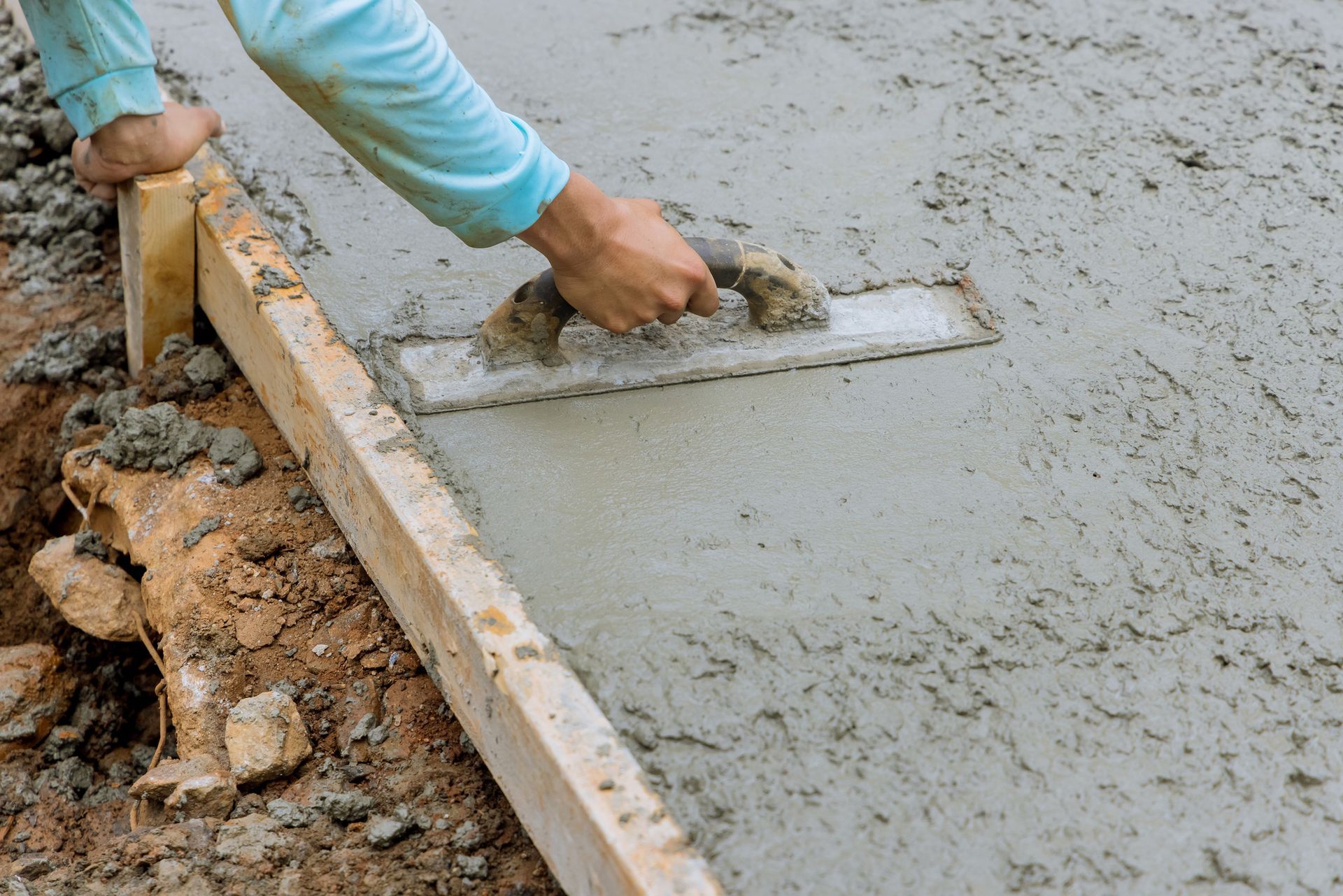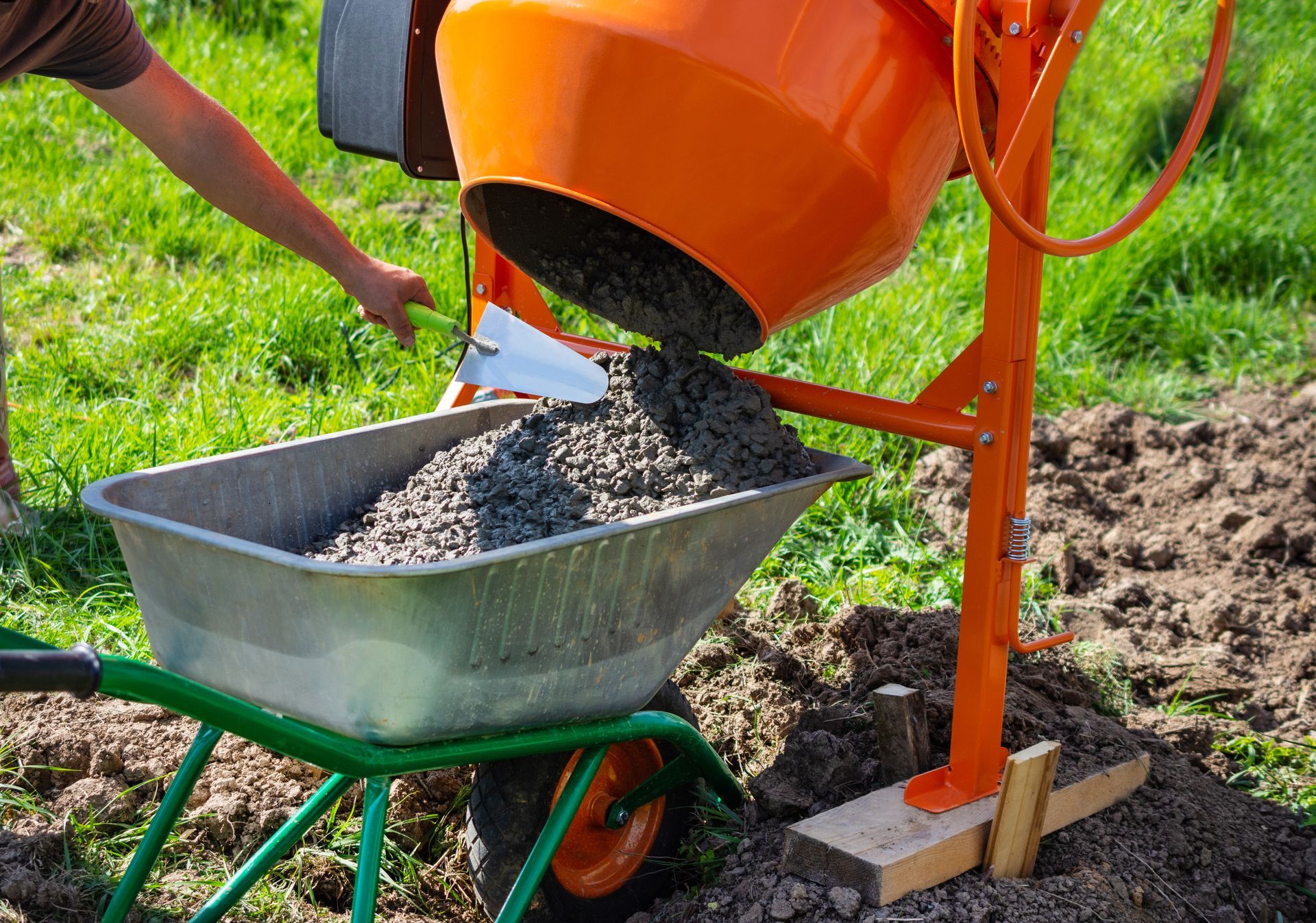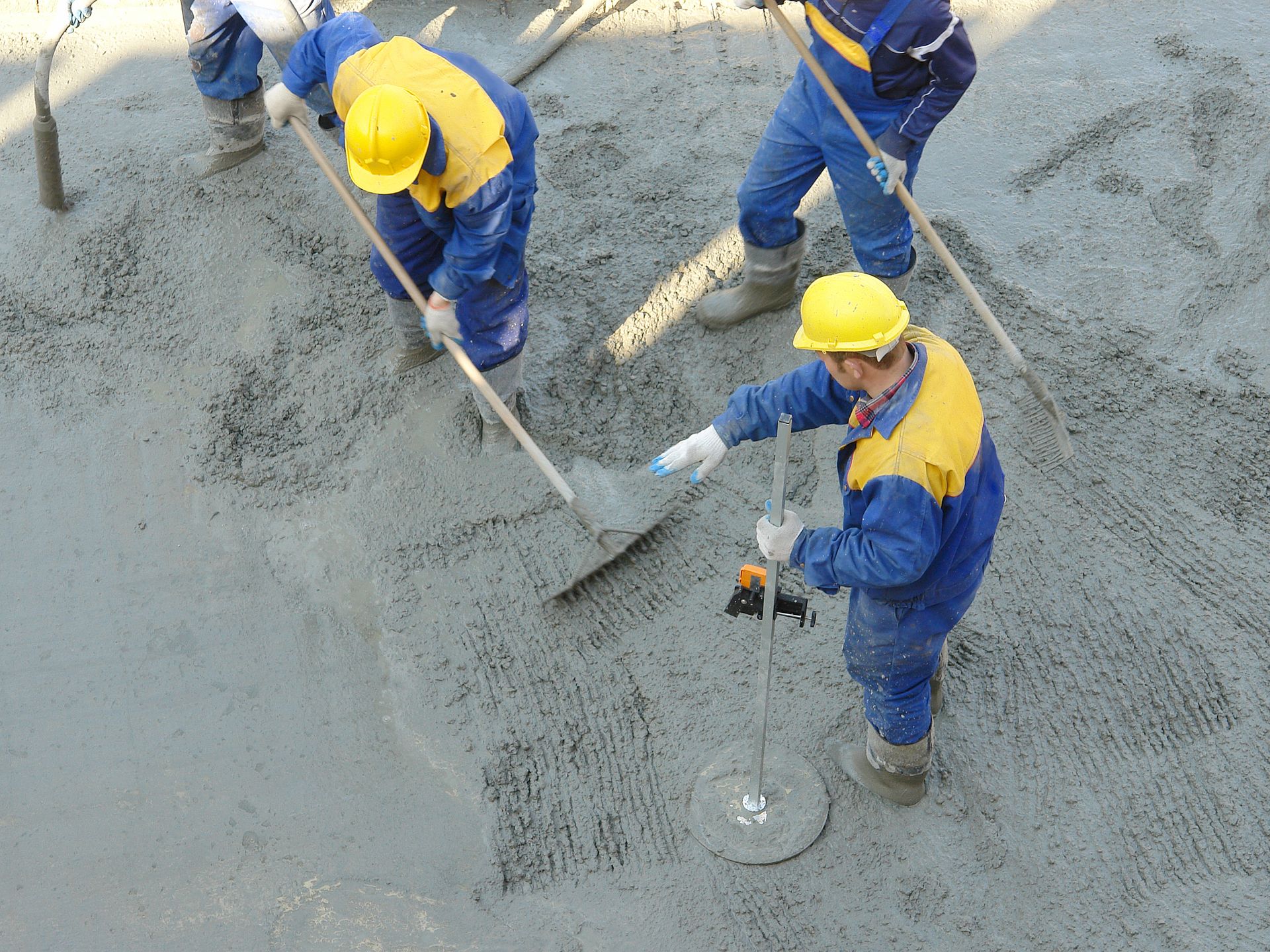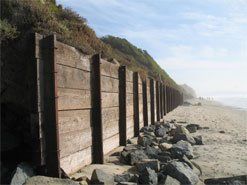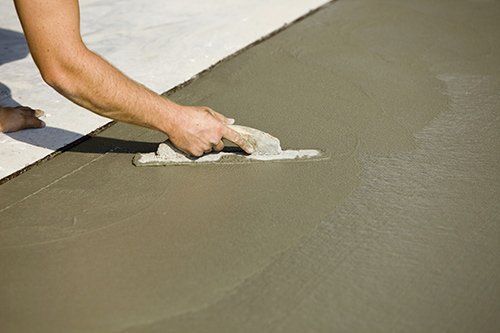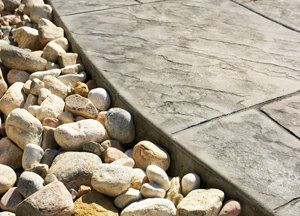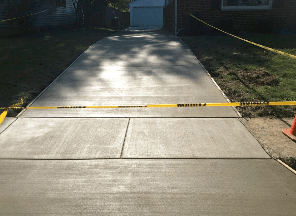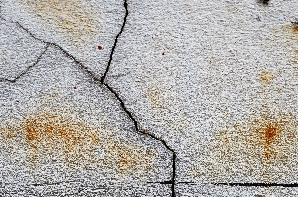3 ATTRACTIVE OPTIONS FOR CONCRETE POOL DECKING

The decking, or area around a swimming pool, plays an important factor both in its appearance and usage. Concrete works well as decking material because of its durability and versatility.
Concrete is a versatile material with the strength and durability to make it valued for many building projects. Different processes, such as stamping and staining, can alter the surface of concrete. Altering the surface this way can make concrete resemble more expensive materials such as stone or wood. You can also customize the surface to present a unique profile.Learn about these options for your pool.
1. Concrete That Resembles Another Material
Homeowners often want high-end materials such as tile and hardwood for their pool decking. However, such materials carry a high price tag and sometimes increased maintenance costs. Concrete can do such a good job of mimicking these materials, though, that visitors won't be able to tell they're standing on a concrete slab.
To make concrete resemble another material, contractors start by overlaying the wet slab with big stamps that create indentations in the surface. The indentations are meant to mimic grout or texture lines. Pattern options include brick, natural stone, and wood.
Once the concrete is at the correct level of hardness, the contractors apply a stain to the surface. For this process, they often use an acid-based stain that lightly penetrates the surface and reacts to chemicals in the concrete. The acid stains provide a subtle range of tones.
If you want more variegation, the contractors can finish the surface by hand with water-based stains. These stains offer deeper tones than acid-based ones. Contractors can use these to make highlights or grout lines.
2. Colored Concrete
Your concrete decking doesn't have to resemble another surface. Certain styles, especially those with a modern slant, call for bright colors and shapes that convey their own beauty. Contractors can choose from different techniques to impart this aesthetic.
Water-based stains create deep coloration and a wider range of colors. It's even possible to get metallic finishes with these stains. Water-based stains penetrate the surface of the concrete, just as acid-based stains do. However, water-based stains don't rely on a chemical reaction to create the color. The dye is mixed into the stain formula.
Concrete dyes are similar to stains. However, dyes feature smaller particles, which allows them to penetrate more deeply. Dyes also come in a wider range of colors and brighter options. You can use concrete dyes in conjunction with staining.
With modern pool decking, you might see an imposition of geometric shapes onto the surface. The contractors can get this effect by using concrete dyes and stains. However, they can also embed medallions into the surface.
3. Exposed Aggregate
A popular customization for pool decking is to use exposed aggregate. As the name suggests, exposed aggregate features a material besides the concrete that juts out from the surface. A big advantage of using this surface for pool decking is the aggregate provides traction, which is ideal when the decking gets wet.
Contractors typically expose the aggregate in one of two ways. They can seed the aggregate into the wet surface of the concrete and then polish the surface to remove any residual concrete. Conversely, contractors can add the aggregate to the surfacing concrete and then power wash the top to expose the additive.
Stone is a popular additive, especially for a naturalistic pool. Choose stone that's rounded enough that it won’t poke your feet but not so polished that it creates a slippery surface. Another popular additive is tumbled beach glass. This additive imparts color on the surface of the decking.
Customized concrete can provide an attractive surface for your pool decking. Consult with the experts at Southport Concrete Corp. to customize your pool decking.
